TREES > ARBORVITAE
IN THIS GUIDE
ARBORVITAE GUIDES

Arborvitaes are well - know conifer and hedge in plants which are used in many UK gardens – but are these the right option for you ?
Overview
PreferredFull Sun or Partial Shade
ExposureSheltered
Height1.5 – 4 metre
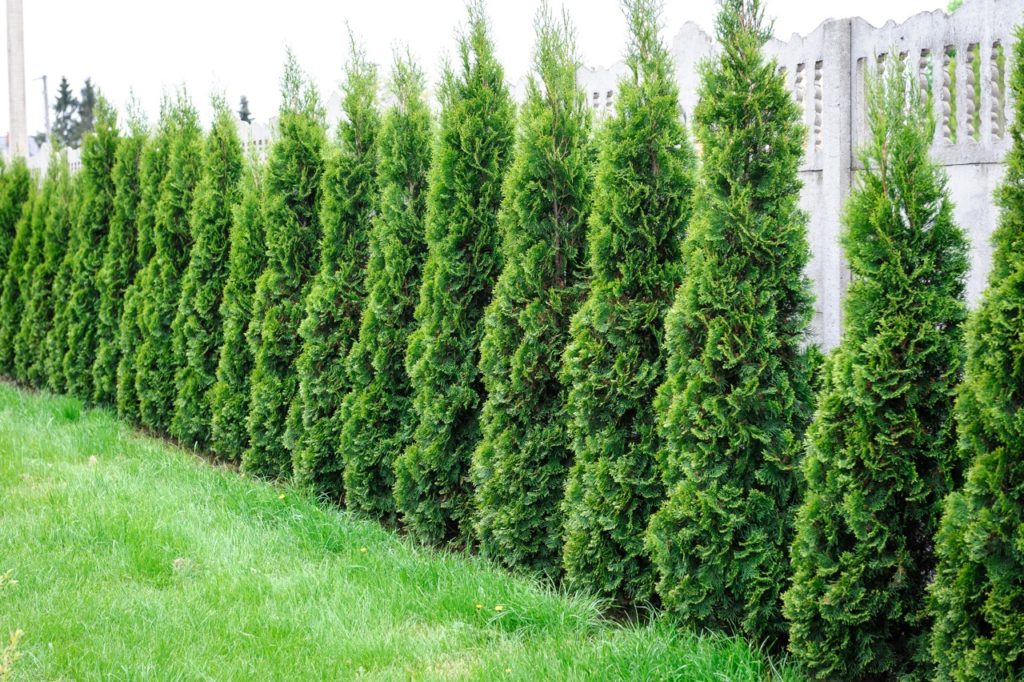
Spread0.5 – 2.5 M
Bloom TimeLate Spring / Early Summer
PreferredLoam or clay

MoistureMoist but well - drained
pHNeutral or Alkaline
There are five species within the Thuja genus , all of which are widely grown as ornamental trees in many gardens around the world , and are commonly used as hedging plants .
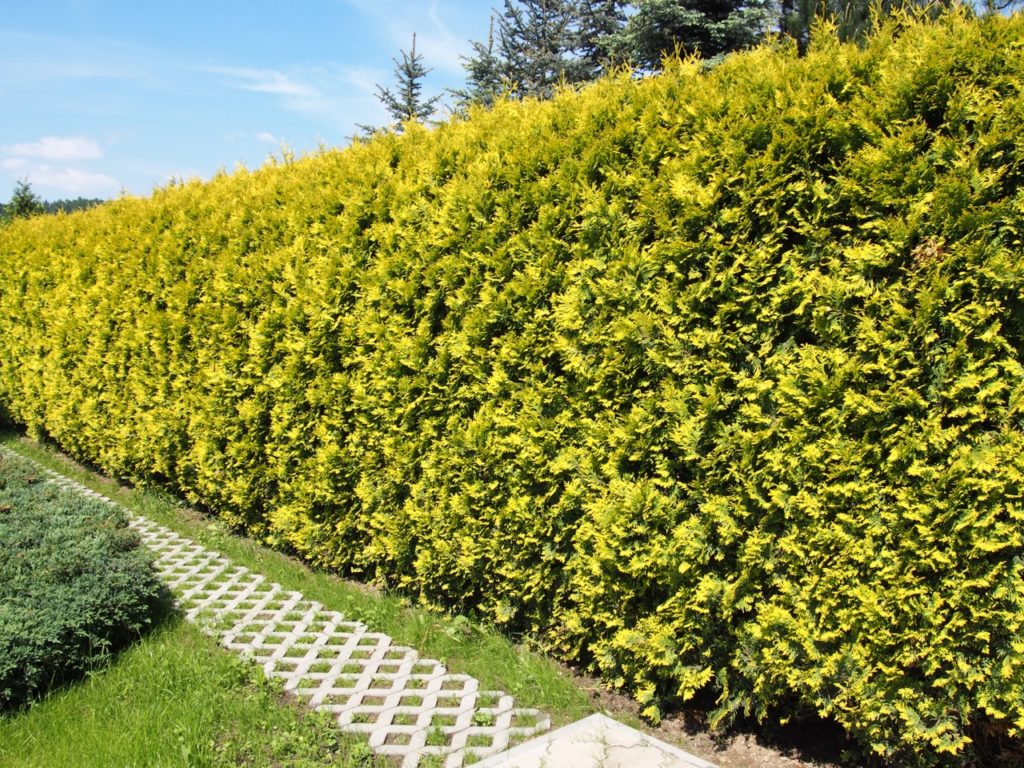
These include , for example , Platycladus orientalis , formerly known asThujaorientalis .
This is a wide-ranging genus which can include a range of cultivar of unlike sizing and dissimilar appearances .
Some arborvitae can be loom Tree that reach measure high , while others can be smallish bush suitable for container uprise .
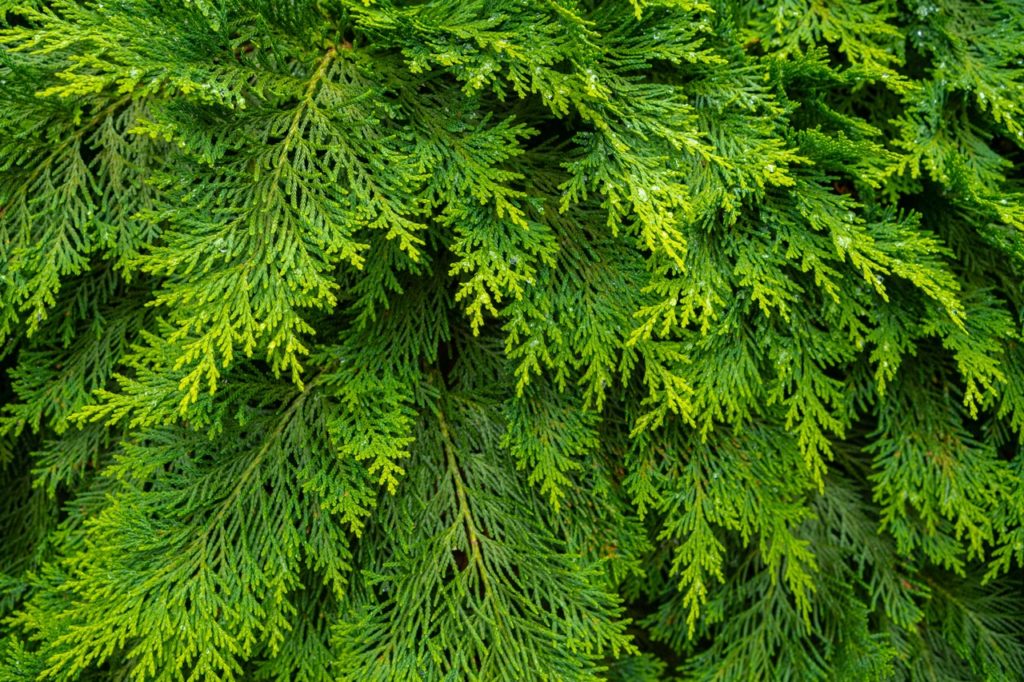
Is Arborvitae Right For Your Garden?
Arborvitae are varied plants which can work well in many garden .
However , it is important to realise that some can grow extremely vigorously and plants that were not choose with tending may quickly outgrow their localization .
As well as think about the needs of the plants themselves when choosing where to place them , you also need to make certain that you call up about how expectant they will eventually uprise and their habit and form .

Arborvitae can be utilitarian for make privacy screens and hedgerows to shield unsightly views or allow a polisher against traffic noise or pollution .
They can provide yr - troll evergreen pastime , and there are a act of interesting ornamental multifariousness to choose from .
These can ensure that a bottom or moulding in your garden looks lush and attractive throughout the wintertime months .
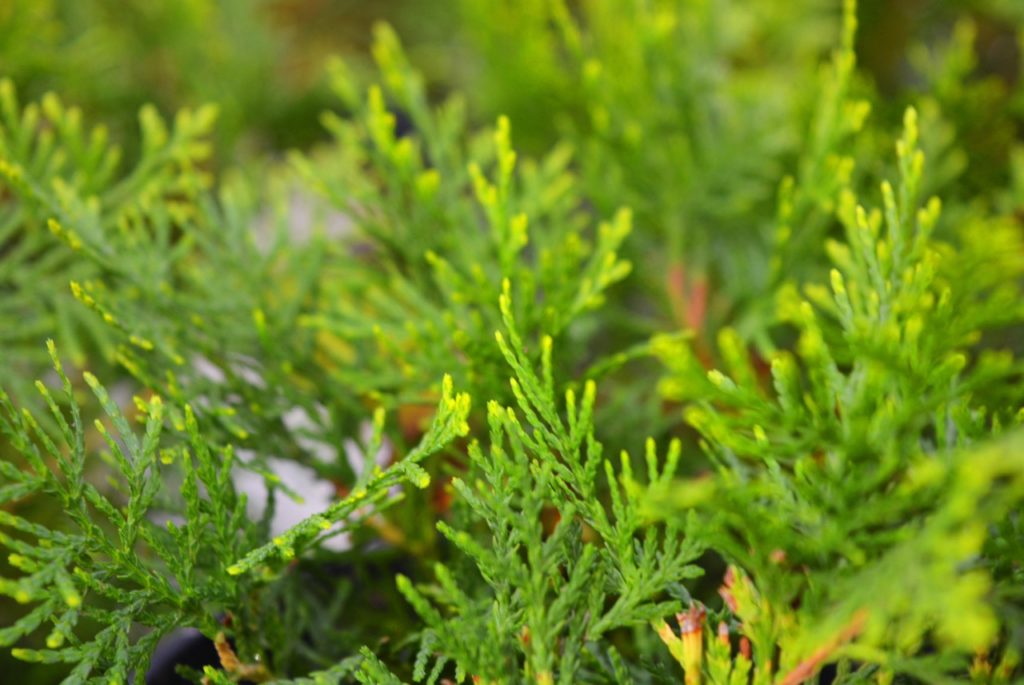
Arborvitaes are all cone-bearing evergreens which are perfect for a low-pitched - maintenance schema .
They are easy to cultivate and do not require a lot of care .
However , if mature arborvitae as hedging , the supererogatory oeuvre involved in pruning and maintaining a neat hedging should be consider .

Common Varieties
Thujas which are grow in gardens in the UK are aboriginal to North America and Asia .
The two North American mintage are :
And two of the three Asiatic metal money are :
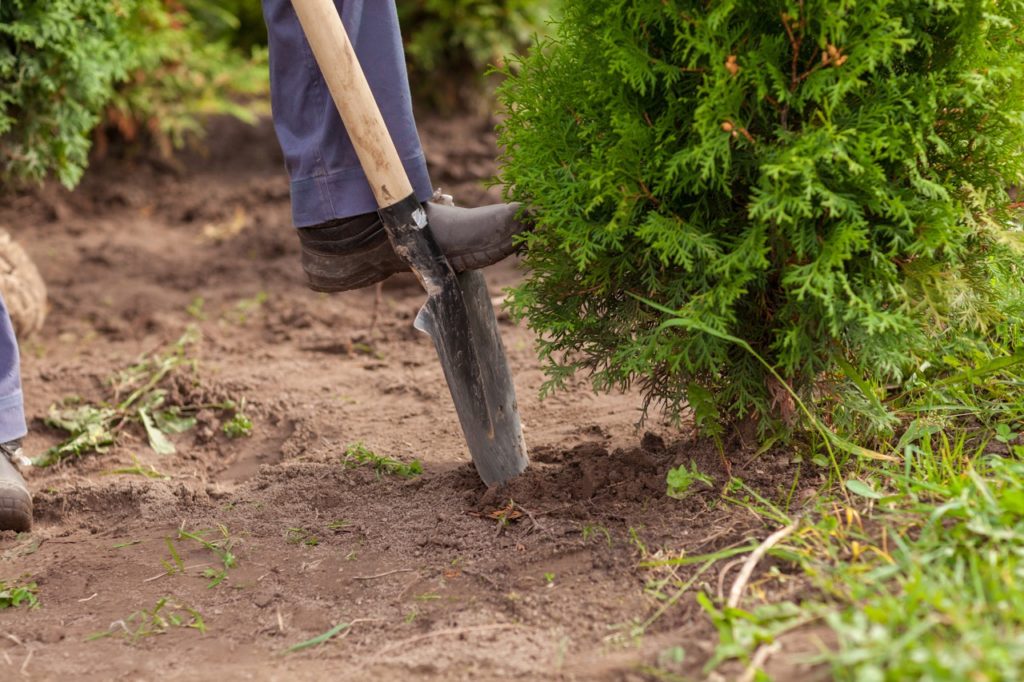
There ’s also a intercrossed betweenThuja plicataandThuja shandishiiknown as ‘ Green Giant ’ .
T. occidentaliscultivars normally grown in the UK include :
T. plicatacultivars admit :
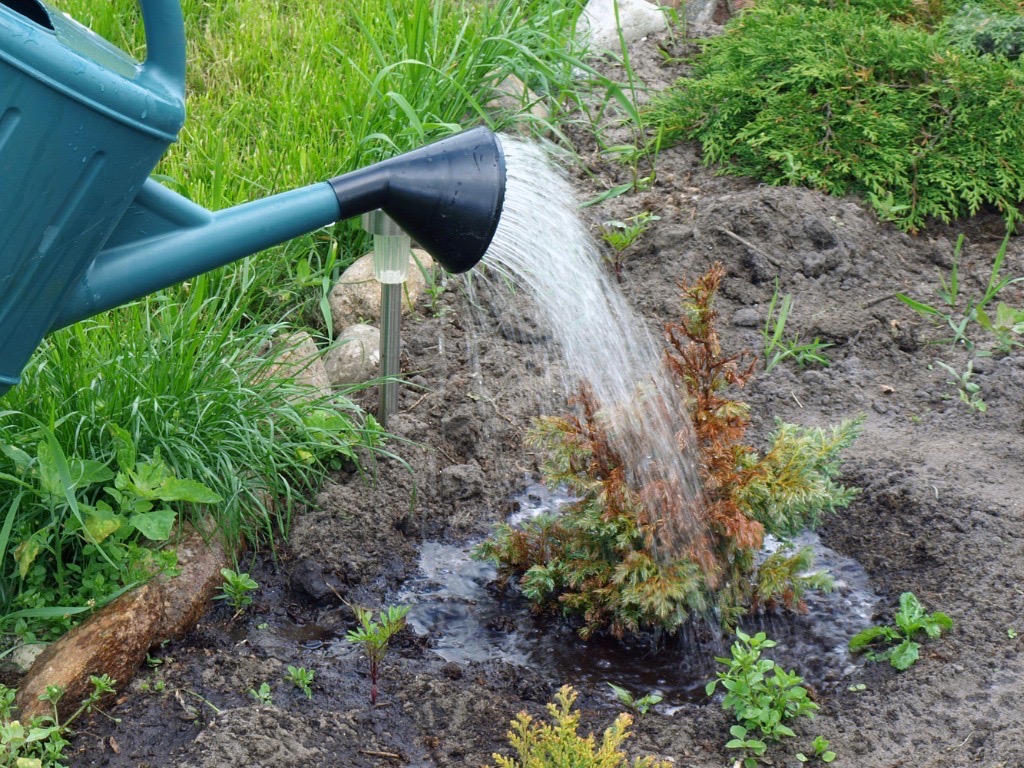
Where To Grow Thuja
Arborvitae can be grown as stand - alone specimen tree , in interracial border , whilst a identification number of variety are also commonly used to create hedgerows .
Wherever they are used within a garden design , they will thrive in full sun or in partial shade .
They can manage with most grime type but will do best in filth which is moist yet spare - draining , and they are unfussy when it comes to soil pH.
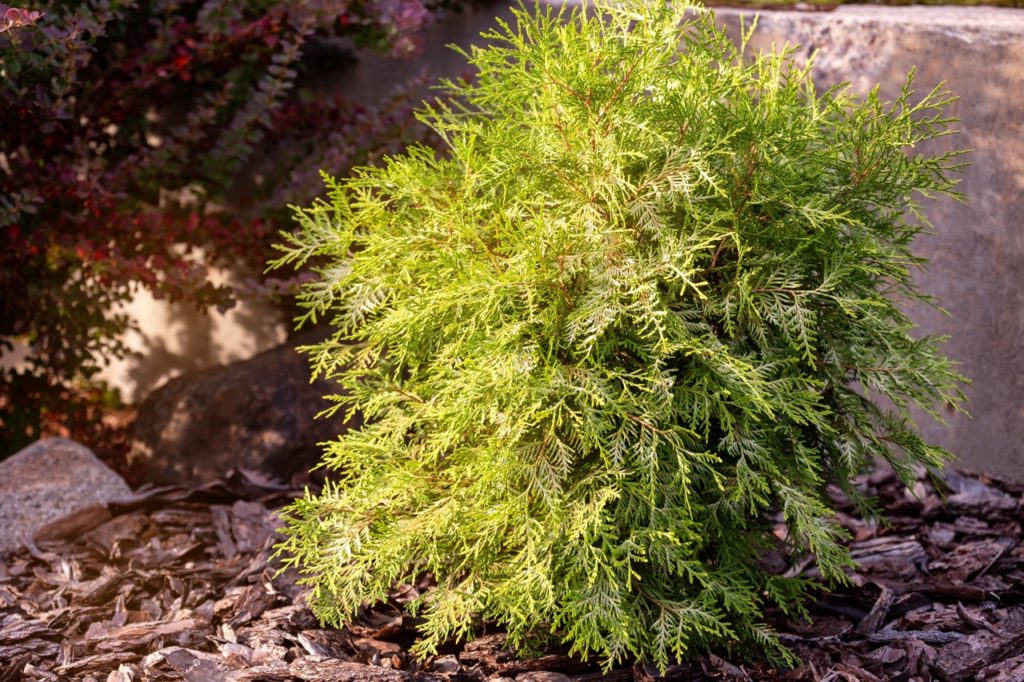
genus Thuja are mostly H6 or H7 stout , fully hardy in even the coldest and most northerly locations in the British Isles .
These trees and shrub can vary loosely in their growth riding habit , size , cast and visual aspect .
Larger options should be used only with care and may not be desirable for smaller gardens , whilst many small arborvitae cultivar may even be grow in containers .

Where just arborvitae are well planted will depend on which varieties you have take to maturate .
How To Grow Thuja
Arborvitaes are well planted in spring , between March and May , or in the autumn between September and November .
While you may also set out arborvitae through the summer months , it may be more hard to get the plant to set up the right way when the weather is affectionate and more juiceless .
tearing well during organization is especially important if planting in summer .
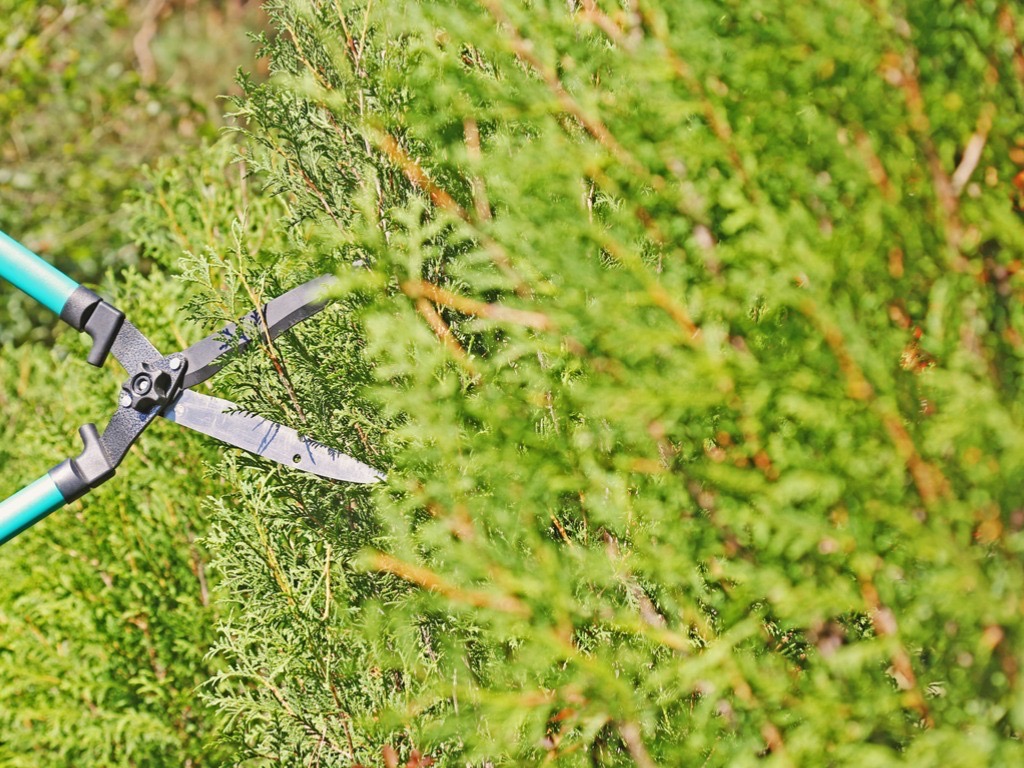
Planting hole for arborvitae plant in the ground should be twice as wide and inscrutable as the root ball to give up the roots to circularise out well as the plants become plant .
Water in well and firm back the ground gently around the al-Qa’ida of your new additions .
Upon planting in the ground , be sure to mulch well with wad of organic matter , to keep moisture and to leave slow - dismissal prolificacy for the flora .
Spacing , in particular for hedging , will very much bet on the variety or varieties of arborvitae that you have chosen .
Make indisputable that you understand the expected height and width of the selection you have choose to make a hedgerow without breaks which will not be too overcrowded .
Ongoing Care
As remark above , arborvitaes are grim - maintenance plant which wo n’t need a lot of time and concern , particularly once established .
Arborvitae will normally need to be water regularly over the summer as they become established .
However , when grown in the land in the UK after this initial menstruum , they should be happy with raw rainfall and you will likely only call for to allow piddle during periods of drought .
If develop small cultivar in containers , you will need to irrigate more frequently as containers are more nonimmune to drying out .
ensure you water well but assure that the water can run out aside relatively freely so that the conditions do not become waterlogged .
Arborvitaes which are plant in comparatively prolific soil and mulch with constituent matter should not require additional feeding .
However , trees grown in containers may benefit from the periodic watering with a balanced , organic liquidity provender over the period of time of active growth .
Arborvitae produce as stand - alone specimens and in beds and border will not commonly postulate any pruning at all .
Many of them have well - formed lissome pyramid shapes and should not be pruned , but if you are growing as a hedgerow , you will necessitate to prune your arborvitae .
There are several different schools of thought about when to rationalize arborvitae hedges .
The first says that it is best toprune in late springor former summertime , usually in May or June , to remove any wintertime wrong and prune for embodiment as new increase starts to look .
The problem with this is that you may disturb nesting Bronx cheer .
The second school of idea says that it is good to prune in previous summer or early autumn , at the tail end of the hedgerow ’s growing time of year , which helps hold a soma which can shed snowfall easily and is less likely to disturb native razz .
Some nurseryman commingle both ideas and prune twice annually , once early in the summer and then again in belated summer or early autumn to tidy things up after summer growth .
As long as nesting birds are not interrupt and you have the time , then I ’d paint a picture that this gives the best overall effect .
Whenever you adjudicate to prune , arborvitae hedging will need pruning to keep them in check .
“ verify you have sufficient outer space when using Thuja for put off , ” shares Colin Skelly , a recipient role of the Master of Horticulture rubric from the RHS .
“ Unless the plant is regularly cut back ( which diminishes its position as a small maintenance choice ) , it will have a tendency to put on more increase .
“ Eventually , this will guide to ask to reduce back into brown woody areas , which wo n’t grow back . ”
Just remember that you should only ever cut light-green growing and not cut into the brown woody part , as this will not grow back .
If you bid to propagate new arborvitae to continue a hedging , perhaps , or create specimen to plant elsewhere in your garden , you could do so by taking semi - hardwood cuttings in late summertime or early autumn .
Introducing arborvitae into your garden does involve careful opinion and it is very important to select a variety that is become to its growing locating and your motive .
But , if you do decide to introduce thistype of coniferous treeto your garden , then it can be a useful and low - maintenance addition .